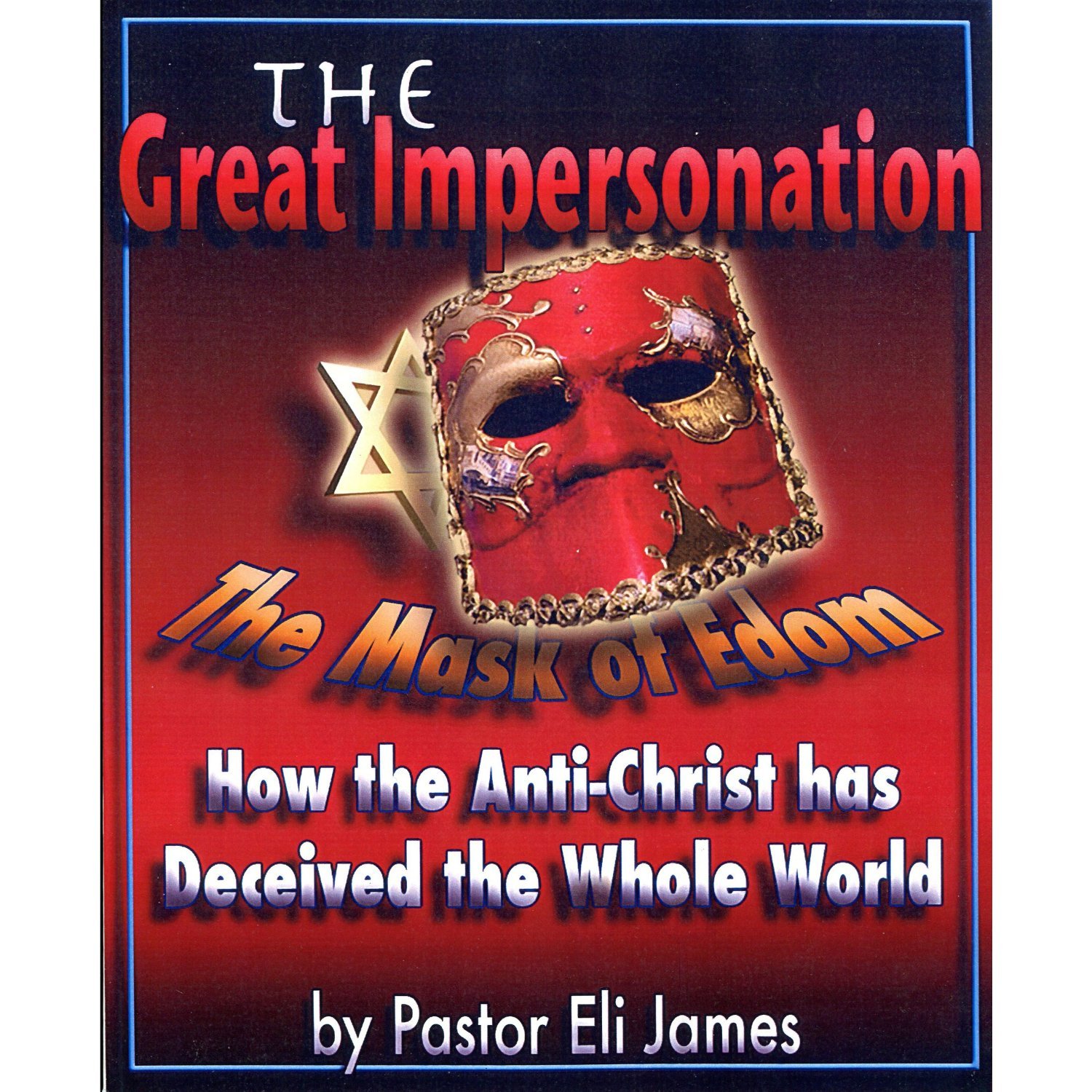Two Rossini Overtures
Gioachino Rossini
The absolute height of European culture was achieved by the high opera, which required a myriad of singers, stage hands, lighting, acoustics, handsomely-crafted instruments, not to mention the composer and the musicians. Rossini is probably the most famous operatic composer, with the William Tell Overture being one of the most recognized pieces of opera music. Today I have chosen two overtures for their dynamic construction. Rossini was the master of the crescendo, a passage of music which starts out soft and builds in volume and speed, with more instruments added with each repetition, until the entire orchestra blasts out the theme with luxurious intensity.
Our first selection is La Gazza Ladra, which I have chosen for its unusual featuring of the snare drums, from beginning to end. The performance is by the symphony orchestra of Mannheim Germany. The city of Mannheim is where the modern symphony orchestra developed in increased size of the string sections and in the addition of more instruments, especially with the scores of Ludwig van Beethoven, which required ever more performers. From these performances, you can see how hard these musicians have to work to pull off the composer’s intent. The conductor’s facial expressions are priceless, as he is obviously into the music.
TURN IT UP!!
The second selection is be a small orchestra, which is more representative of the type of orchestra that would perform in Rossini’s day, with about forty pieces, as opposed to the modern symphonic performances of about 80 performers. Nevertheless, the La Jolla orchestra does a magnificent job. Here is the Overture to the Barber of Seville.
Tell everybody you know about EFR and our celebration of European culture. – Pastor Eli James




